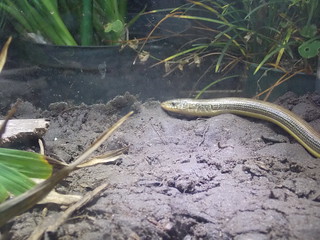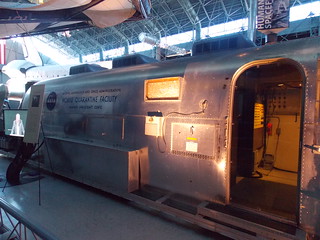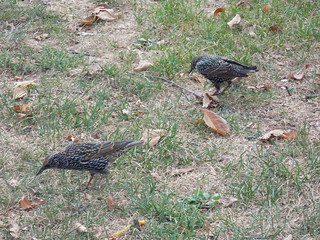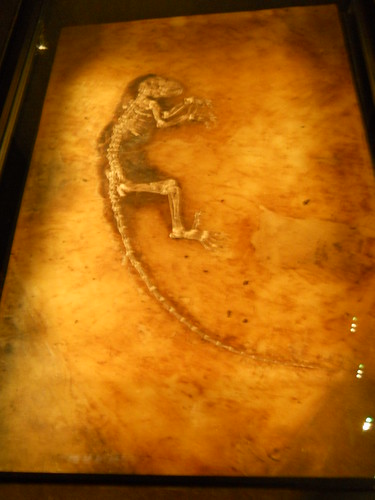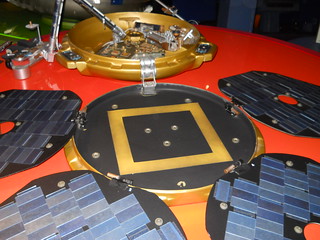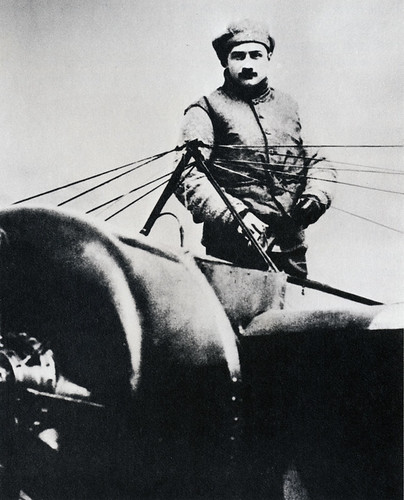When Charles Darwin wrote his classic Origin of Species in 1859, “humans” were mentioned only once, in passing: “light will be thrown on the origin of man and his history”. But the implications of the theory of evolution for the place of humans in nature were earth-shattering, and nobody missed them. In 1871, Darwin took the step of specifically applying his theory to humans, in his book The Descent of Man, in which he made what was at the time a bold prediction: “In each great region of the world the living mammals are closely related to the extinct species of the same region. It is therefore probably that Africa was formerly inhabited by extinct apes closely allied to the gorilla and chimpanzee; and as these two species are now man’s nearest allies, it is somewhat more probable that our early progenitors lived on the African continent than elsewhere.” Half a century later, discoveries in South Africa proved Darwin to be correct.
Fossil hominid skulls on display. Cradle of Humankind Museum, Maropeng, South Africa
Continue reading The Cradle of Humankind: South Africa and the Story of Human Evolution


